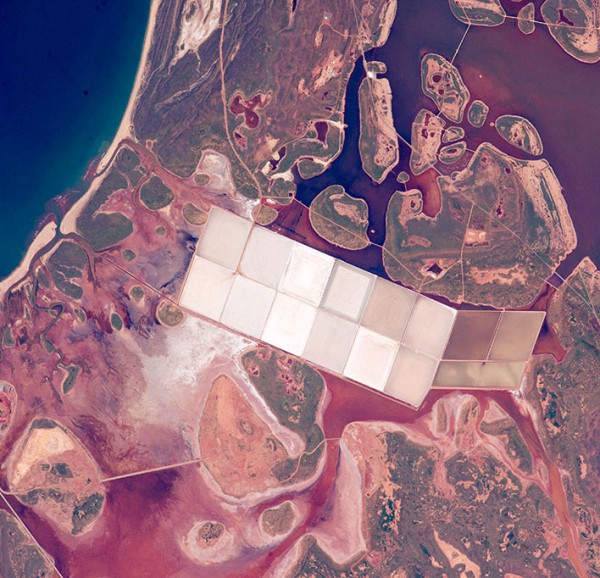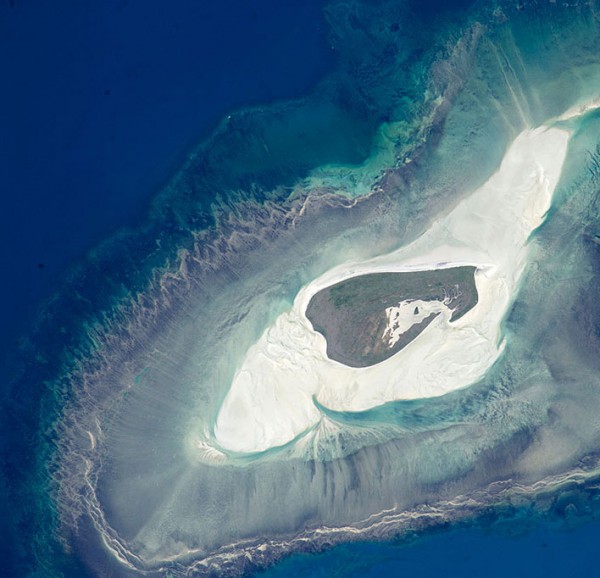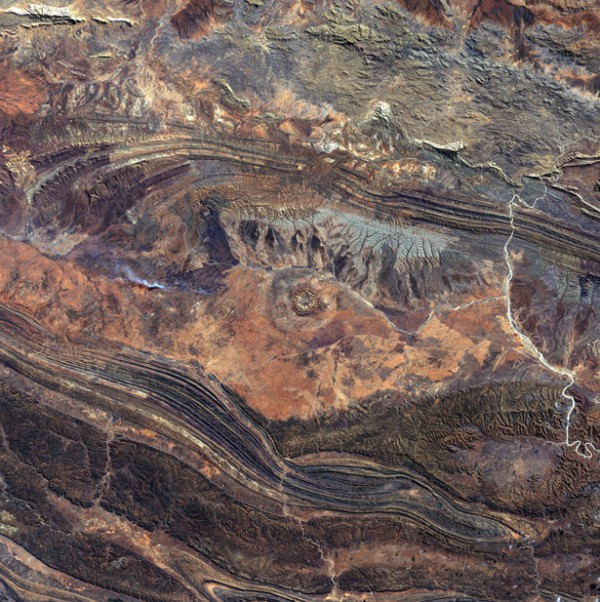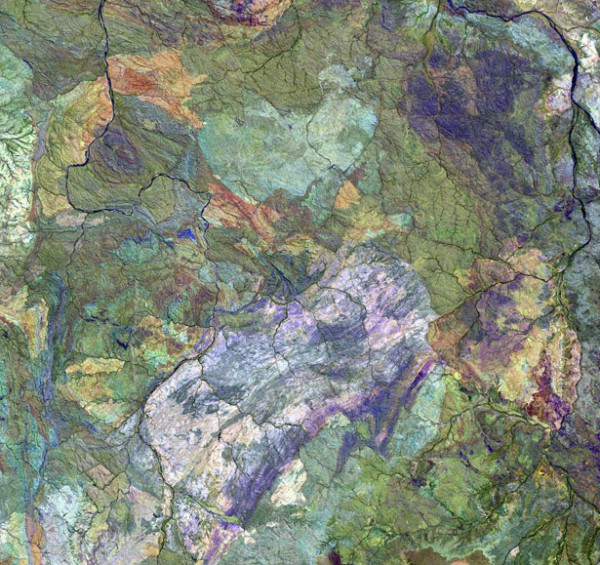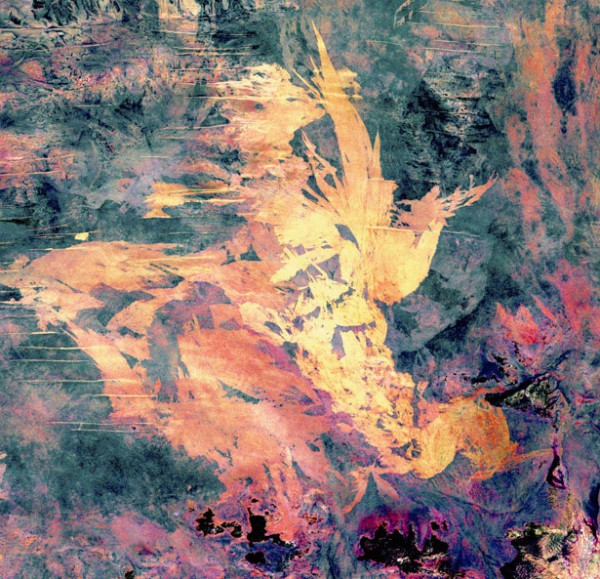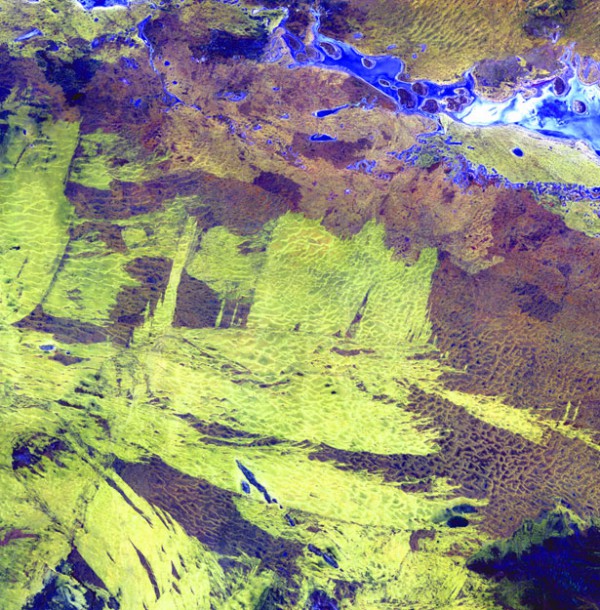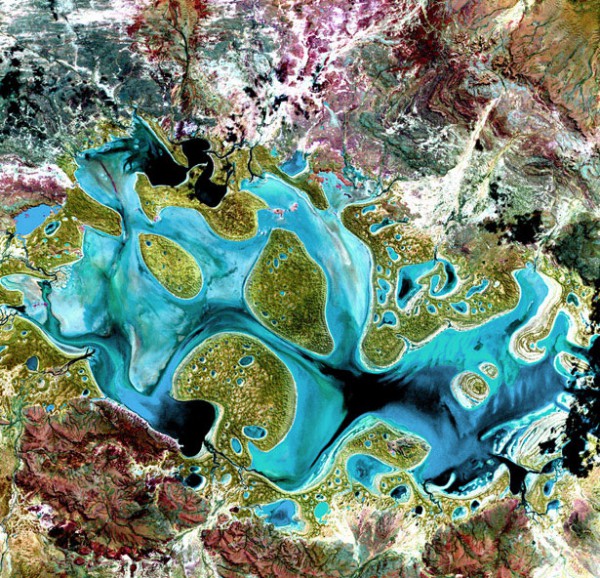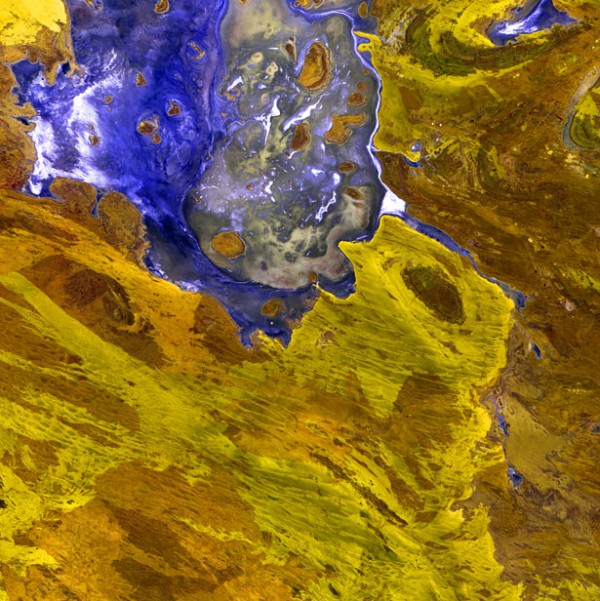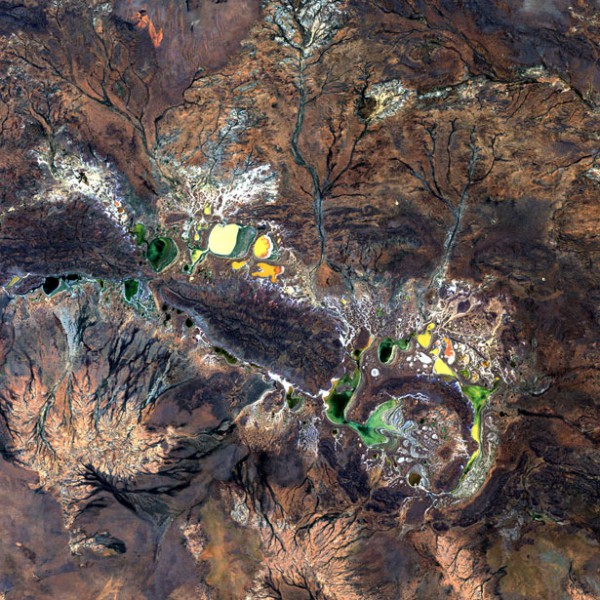The nature of our planet is diverse and unique. Traveling around the planet and taking pictures of nature, you can create amazing beautiful images. Photos of the Earth from space, from a height of more than 700 000 m. not like the usual photos of nature. They are more like paintings by abstract artists.
We present to you the unique photos of the Earth taken from the space satellite Landsat 7. These pictures clearly visible and natural landscapes and creations of human hands. They depict the destruction caused by natural anomalies and the negative consequences of human activity. These images are satellite images of the earth's surface created by transferring visible and infrared data to colors visible to the human eye. Special combinations of ranges and colors were chosen to optimize these gorgeous frames.
Such pictures will be processed and "painted" for you by experts Department of digital photogrammetry
Part 1 - Australia
Salt ponds of Western Australia
Adele island in Australia
Crater Gosses Bluff
About 130 million years ago, an asteroid or comet struck the Mission plain in Australia, creating a crater 14 km in diameter and 4 km deep. In the language of the locals, it is called Tnorala, that is, "the Devil's rock of the fiery footsteps of the sun."
Sand dune
Deserts, equal to it in size in Australia is no more. Due to the arid climate, agricultural activities are not possible here. The diversity of color is caused by the complexity and diversity of the geological structure of the desert.
Sand dune
In the photo — part of the Great sandy desert of Australia. The sand dunes are marked with yellow horizontal lines. The lightest spot in the photo – a trace of a fire.
Lake Amadeus
Drained salt drying lake Amadeus in Central Australia (top right). In the dry period, the surface of the lake turns into a sparkling surface of salt crystals. Yellow strokes in the photo – the sun-scorched vegetation.
Lake Carnegie
Lake Carnegie is filled with water during the rainy season. In dry periods it turns into a swamp.
Lake Disappointment, Australia
Salt lake in Western Australia. In dry months dries up. It got its name from the traveler Frank Hanna. Having studied in the study area a large number of streams, he hoped to find a freshwater lake. But to his disappointment the lake turned out to be salty.
Shoemaker Crater, Australia
Crater formed as a result of the meteorite fall about 1700 million years ago. The crater diameter is about 30 km.
Such pictures will be processed and "painted" for you by experts Department of digital photogrammetry
Space images – NASA, Us geological survey.
oakhill.ru, photolium.net

